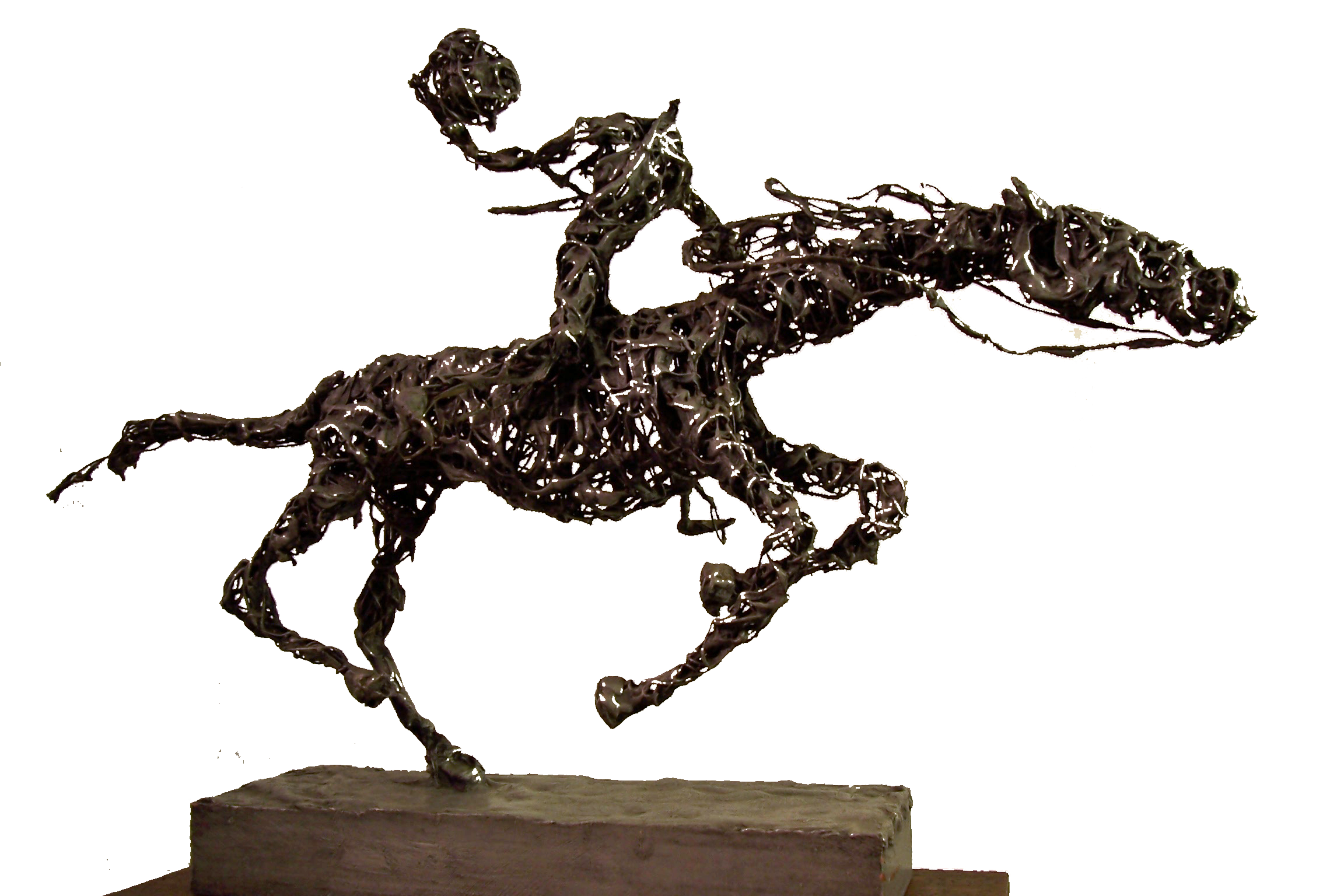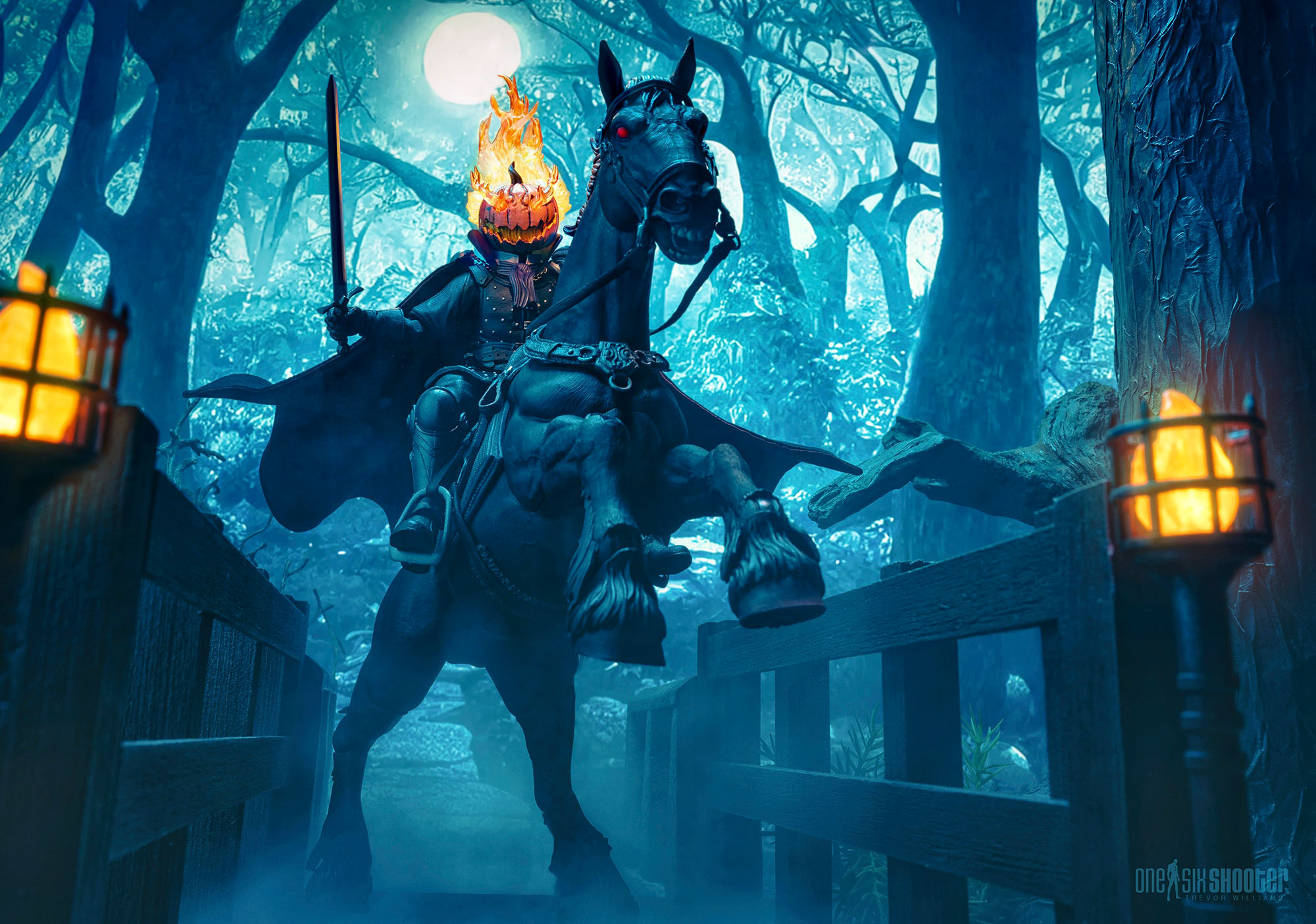Equestrian Excellence: Horseman At The Olympics - A Deep Dive
Ever wondered what it takes to become an Olympian atop a majestic steed? The answer lies in the dedication, artistry, and unparalleled partnership that define the modern equestrian, making them a captivating spectacle in the Olympic Games.
The "horseman at the Olympics," more formally known as an equestrian athlete, is a competitor in the equestrian events of the Olympic Games. These sports, a beautiful blend of athleticism and artistry, have graced the Olympic program since the modern Games' revival in 1896, quickly becoming a fan favorite, drawing crowds with their unique display of human-animal synergy. The term "horseman at the Olympics" encompasses a dedicated athlete who has spent a lifetime honing their craft to reach the pinnacle of equestrian sport.
The Olympic equestrian arena showcases three distinct disciplines: dressage, eventing, and jumping, each demanding a unique set of skills and a profound connection between horse and rider. Dressage, often described as ballet on horseback, judges the horse and rider's ability to execute a series of predetermined movements with exacting precision and grace. Eventing, a test of true horsemanship, unfolds over three grueling days, challenging horse and rider in dressage, cross-country, and show jumping. Finally, jumping, or show jumping, tests the horse and rider's athleticism and trust as they navigate a course of obstacles, aiming for a clear round.
- Guide Hdhub4u Movie Download In Hindi Is It Safe Legal
- Understanding Sakit Mama Sakit A Caregivers Guide Meaning
| Category | Information |
|---|---|
| Full Name | Equestrian Athlete (Specific names listed below) |
| Sport | Equestrianism (Dressage, Eventing, Jumping) |
| Olympic Debut | 1900 (Equestrian sports were not included in the 1896 games, reintroduced in 1912 and have been present in every game since.) |
| Key Skills | Athleticism, horsemanship, precision, control, partnership with the horse |
| Training | Years of dedicated training, often starting at a young age, working with experienced trainers and coaches. |
| Role at the Olympics | To represent their country in equestrian competitions, striving for individual and team medals. |
| Official Website | Olympics.com - Equestrian |
Equestrian sports at the Olympics break down gender barriers, welcoming both men and women to compete on equal footing, a rarity in the sporting world. Athletes vie for both individual glory and team success, representing their nations with pride. The United States stands as a powerhouse in Olympic equestrian history, having amassed a staggering 110 medals, including 43 golds, a testament to their long-standing commitment to the sport.
The significance of equestrian events within the Olympic Games extends far beyond the thrill of competition. They are a unique and demanding athletic pursuit that showcases the extraordinary skills of both human and animal. These sports underscore the profound bond between humans and animals, highlighting the mutual trust and understanding that is essential for success. Furthermore, equestrian competitions promote the values of sportsmanship and fair play, reinforcing the ethical principles that underpin the Olympic movement.
At the heart of Olympic equestrianism lie three distinct disciplines, each demanding a specific set of skills and attributes: dressage, eventing, and jumping. Dressage, often likened to a ballet performance, evaluates the horse and rider's ability to execute a series of prescribed movements with unparalleled precision and elegance. Every stride, every transition, is scrutinized, demanding a harmonious partnership built on years of meticulous training.
- Is Jyoti Amge In A Relationship What We Know 2024
- Yikes What You Need To Know About The Yajana Cano Leaked Scandal
Eventing presents a more comprehensive test of horsemanship, unfolding over three grueling days and demanding versatility and resilience from both horse and rider. This triathlon of equestrian sport encompasses dressage, cross-country, and show jumping, pushing the limits of their athleticism and adaptability.
Jumping, or show jumping, is a thrilling spectacle of athleticism and trust, challenging the horse and rider to navigate a course of obstacles with speed and accuracy. The ability to clear each jump cleanly requires precision timing, unwavering focus, and an unshakeable bond between horse and rider.
Olympic equestrian athletes represent the pinnacle of horsemanship, dedicating countless hours to training their horses and refining their skills. They embody the values of perseverance, discipline, and teamwork, striving for individual and team glory while representing their countries with unwavering pride.
Throughout history, numerous equestrian athletes have risen to prominence, leaving an indelible mark on the Olympic Games. These individuals, through their exceptional talent and unwavering dedication, have become legends in the equestrian world.
| Name | Country | Discipline | Olympic Medals |
|---|---|---|---|
| Isabell Werth | Germany | Dressage | 7 Gold, 5 Silver, 4 Bronze |
| Anky van Grunsven | Netherlands | Dressage | 3 Gold, 5 Silver, 1 Bronze |
| Ludger Beerbaum | Germany | Jumping | 4 Gold, 1 Silver, 2 Bronze |
| Michael Jung | Germany | Eventing | 3 Gold, 1 Silver, 1 Bronze |
| Zara Tindall | Great Britain | Eventing | 1 Silver |
Equestrian sports are an integral and enriching component of the Olympic Games, offering a unique blend of athleticism, artistry, and the celebration of the human-animal bond. They promote the values of sportsmanship and fair play, and provide a captivating spectacle for spectators worldwide.
Equestrianism at the Olympics, the art of riding and training horses, is a testament to the partnership between human and animal. Since the modern games of 1896 equestrian events have been a staple. The blend of grace, power, and athleticism captivates audiences worldwide.
- Precision and Artistry: Dressage, a discipline that emphasizes the horse and rider's ability to execute intricate movements with elegance and precision.
- Endurance and Versatility: Eventing, a three-day competition that tests the horse and rider's mettle in dressage, cross-country, and show jumping.
- Agility and Control: Show jumping, where horse and rider navigate a course of obstacles, demonstrating their athleticism and coordination.
- Historical Significance: Equestrian sports have a rich history, with roots in ancient Greece and medieval tournaments, adding to their allure at the Olympics.
- Cultural Diversity: Equestrianism transcends national boundaries, bringing together athletes from around the globe, fostering cultural exchange and camaraderie.
- Human-Animal Bond: Equestrian events highlight the remarkable connection between humans and horses, showcasing their mutual trust, understanding, and athletic prowess.
These aspects combine to create a spectacle at the Olympics. Dressage requires focus and precision, eventing challenges endurance, and show jumping demands agility. The sports rich history connects to ancient feats.
At the Olympics, equestrianism showcases the talents and bond between rider and horse. Dressage requires extreme skill and elegance.
Within the realm of Olympic competition, dressage serves as a crucial foundation, highlighting the unique partnership between horse and rider. It is a testament to the deep understanding and connection that exists between them. Riders aim for perfection, striving to execute each movement with poise and poetic grace.
Dressage extends beyond the Olympic stage. It is a building block for other equestrian disciplines, such as show jumping and eventing. The values of precision, control, and partnership learned in dressage are essential for success. Additionally, dressage benefits the horse, promoting physical fitness, mental focus, and a connection with the rider.
The art of dressage is vital to the equestrian contests at the Olympics, demonstrating the talent of both horse and rider. It demands unwavering dedication, athletic ability, and a profound bond. The skills learned in dressage contribute to Olympic success and the equestrian world.
Eventing represents the endurance and versatility required of horse and rider. The three-day event includes dressage, cross-country, and show jumping, which are a complete test of athleticism and partnership.
Within the world of "horseman at the Olympics," eventing shows the talents of athletes. It requires riders to master skills and maintain a bond with their horses. The endurance aspect pushes the limits of both horse and rider, while the versatility highlights their skill in multiple equestrian disciplines.
Eventing reaches beyond the Olympics. It serves as training for riders and horses, fostering a well-rounded understanding of equestrianism. Eventing riders must be skilled in dressage, cross-country, and show jumping, as well as adapt to different conditions.
Eventing promotes the well-being of the horse, encouraging physical fitness, mental strength, and a strong bond with the rider. The competition's nature encourages flexibility, which is vital for success in equestrian sports.
The endurance and versatility of eventing are fundamental aspects of "horseman at the Olympics." It tests the limits of horse and rider and fosters a deep partnership and understanding of equestrianism. The skills from eventing reach beyond the Olympic arena, benefiting the horse and developing athletes.
Show jumping shows the agility and control of horse and rider. This sport involves navigating obstacles, showing athleticism and partnership.
- Precision and Timing: Show jumping demands impeccable precision and timing. Riders must guide their horses over obstacles of varying heights and widths, ensuring they clear each one without incurring penalties. This facet highlights the horse and rider's ability to execute technical maneuvers with accuracy and finesse.
- Adaptability and Reaction: The show jumping course presents unexpected challenges, requiring riders to adapt quickly and react accordingly. Horses must be agile and responsive, adjusting their stride and jumping technique to suit the obstacles they encounter. This facet emphasizes the importance of teamwork and the ability to think on one's feet.
- Partnership and Trust: Show jumping reinforces the profound partnership between horse and rider. Riders must trust their horses to navigate the course safely and effectively, while horses rely on their riders for guidance and support. This facet underscores the significance of a strong bond and mutual understanding.
- Athleticism and Fitness: Show jumping is a physically demanding sport for both horse and rider. Horses require exceptional athleticism to clear obstacles, while riders need strength, balance, and coordination to guide their mounts. This facet highlights the importance of maintaining peak physical condition.
Show jumping is integral to the equestrian events at the Olympics, testing athleticism and coordination. This shows the adaptability and trust between the athletes. The knowledge gained from this enhances our understanding of "horseman at the Olympics" and the talents to excel in this sport.
The presence of equestrian sports at the Olympics is tied to the idea of a "horseman at the Olympics." Equestrian events have been an important part of the Olympic Games, adding to their appeal.
In ancient Greece, horsemanship was valued, and equestrian competitions were an important part of the Olympic Games. These competitions showed the talents of both horses and riders, shaping the cultural traditions of ancient Greece.
During the Middle Ages, equestrian sports were popular, especially jousting. These events were a display of horsemanship, providing entertainment for everyone. The skills developed during this period created the basis for modern equestrian sports.
The Olympic Games of the 19th century brought equestrian sports back to the forefront. Including equestrian events showed their historical value. Since then, equestrian sports have been a part of the Olympic program.
Understanding the history of equestrian sports enhances our understanding of the concept. It shows the long-standing tradition of horsemanship and the importance of these events.
Equestrianism transcends borders, bringing athletes together. This cultural diversity enriches the sport, creating camaraderie.
- Global Representation: Equestrian sports attract athletes from all corners of the world, creating a global community of riders and enthusiasts. This diversity brings together different riding styles, training methods, and cultural perspectives, contributing to the richness and vibrancy of the sport.
- Cross-Cultural Exchange: Equestrian events provide a platform for cultural exchange, where athletes share knowledge, traditions, and experiences. Through interactions at competitions, training clinics, and social gatherings, riders gain insights into different cultures, fostering understanding and appreciation.
- Breaking Down Barriers: Equestrian sports have the power to break down cultural barriers and promote inclusivity. By bringing together athletes from diverse backgrounds, the sport creates a welcoming environment where individuals can connect and learn from one another, regardless of their nationality or cultural differences.
- Shared Passion for Horses: At the heart of equestrian sports is a shared passion for horses. This common ground transcends cultural boundaries, uniting riders in their love and respect for these magnificent animals. Through their shared experiences with horses, athletes from different cultures find common ground and build lasting friendships.
The cultural diversity adds to the appeal of "horseman at the Olympics," creating a spirit of global unity. By bringing together athletes from around the world, equestrianism builds bonds of respect, creating an international experience.
The bond is vital to equestrian sports, showing trust and a passion for excellence.
Equestrian events allow horses and riders to demonstrate their skill and their bond. The success of an athlete depends on their ability to communicate with their horse, working together as a team. This is formed through dedication.
Beyond the competition, the human-animal bond extends to the well-being of the horses. Equestrian athletes care for their horses, showing their affection.
The bond has a major impact on both the horse and the rider. Horses thrive with companionship, while riders find purpose in their relationships.
The human-animal bond is an component of "horseman at the Olympics," promoting trust and excellence.
This section addresses frequently asked questions and aims to provide informative answers on various aspects of equestrian sports at the Olympic Games.
Question 1: What are the key equestrian disciplines at the Olympics?
Answer: The three main equestrian disciplines at the Olympics are dressage, eventing, and show jumping. Dressage focuses on the horse and rider's ability to perform precise movements with elegance and control. Eventing is a three-day competition that tests the horse and rider's versatility in dressage, cross-country, and show jumping. Show jumping involves navigating a course of obstacles, showcasing the horse and rider's agility and partnership.
Question 2: What makes equestrian sports unique at the Olympics?
Answer: Equestrian sports stand out at the Olympics due to their emphasis on the human-animal bond. The success of an equestrian athlete hinges on their ability to communicate effectively with their horse and work together as a cohesive team. This partnership requires years of training, dedication, and mutual respect.
In summary, equestrian sports at the Olympics offer a spectacle that combines athleticism, precision, and the connection between humans and animals.
The examination of "horseman at the Olympics" reveals the nature of equestrian sports. From dressage to the versatility of eventing, the disciplines show the skills of both horse and rider.
Beyond the competition, equestrian sports embody the connection between humans and animals. The success depends on communication and working as a team. This partnership extends to the well-being of the horses.
The human-animal bond is a testament to companionship. It creates unity among athletes from around the world. The Olympic spirit is exemplified in the equestrian events.
- Tia Hernlens Rise Exploring Tia Hernlen 2024 Her Significance
- Jav Ippa 010054 The Secret Code What You Need To Know

Headless Horseman PNG Download Image PNG Arts

Cyberpunk Horseman Pferd ScienceFiction Wallpapers.ai

Figura Obscura Headless Horsman figure from Four Horsemen Studios